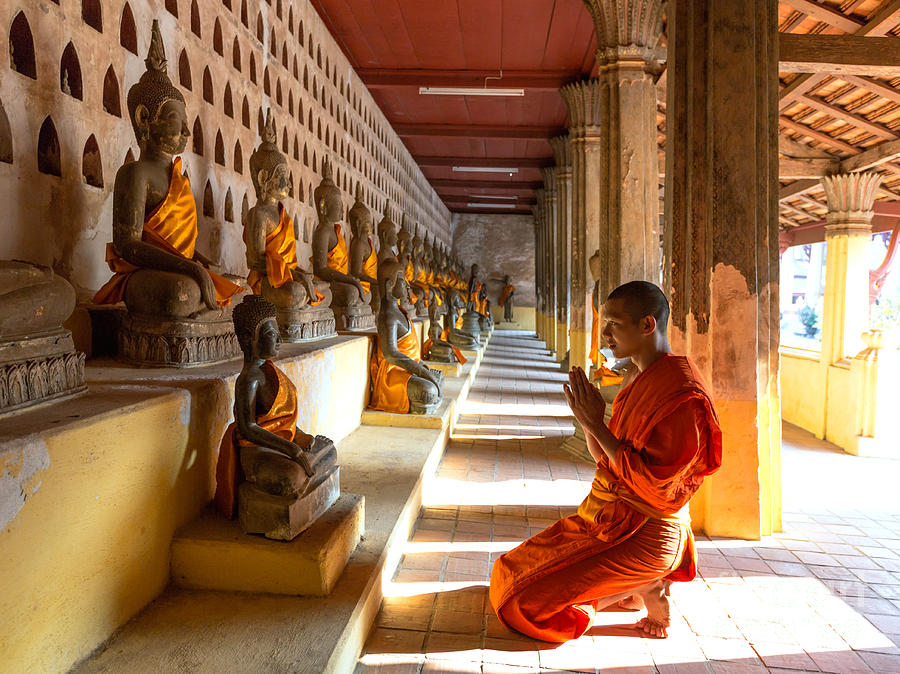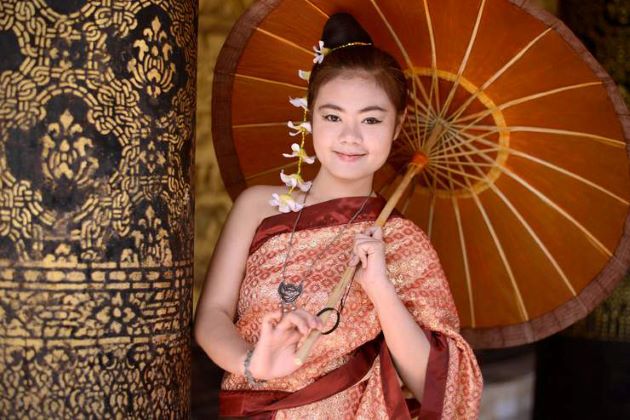Deep Structures of Culture: Worldview
Welcome back to the jungle everyone! This time we will continue our discussion of the three deep structures of culture. The last post was focused on family and how it influences the individual. Today, we’re diving deep into worldviews: what they are, what they mean, and the one the Lao typically take.
Simply defined, worldview is “a comprehensive conception or apprehension of the world especially from a specific standpoint” (Merriam-Webster). As you can see, it’s pretty easy to figure out what a worldview is; it’s how someone perceives the world. What is more useful, and more difficult to articulate, is what it does.
So, what does a worldview do? It has a profound impact
on both the individual and their culture. A worldview provides the framework
that individuals use to answer life’s hard questions. Here are a few it helps
answer:
· What
is the point of being alive?
· Is
there life after death? If so, what does it look like?
· Is
there a supernatural deity out there? How does he/she/they influence life?
· What
does moral behavior look like?
For further reading about worldviews,
check out this website!
The answers to these
questions and many others vary widely across cultures, and even amongst
individuals. There are three main ways to approach worldviews: atheistic,
spiritualistic, and religious. An atheistic worldview answers these questions apart
from any supernatural deity, typically relying on scientific explanations for
things. A spiritualistic approach is very fluid. People who take this approach
believe in a higher power of some sort, but don’t align with a religion.
Finally, worldviews can be sought through religious traditions, which have a
clear structure and message. Now that we’ve explored what a worldview is, let’s
look at the Laotian worldview.
Like much of Southeast
Asia, Buddhism is the most prevalent religion among the Lao. Oftentimes it is
combined with another local religion, like Baha’i Faith or Tai folk religion (Britannica).
Buddhism
In Laos, Theravada
Buddhism is the most commonly practiced form of Buddhism. They believe in the
‘Triple Gem’, which is the teacher, the teaching, and the monastic community.
In normal English, that means they highly value Buddha himself, his teachings,
and the monks who are his devout students. In all branches of Buddhism, Buddha
isn’t seen as a god, but rather as a teacher. Because this is seen as a
teacher-student relationship and not a god-follower one, it mixes well with
other local religions, provided they share similar values (CulturalAtlas).
Monk praying at a temple in Vientiane
Baha'i Faith
Baha’i Faith was
initially founded in Iraq in the mid-1800s. It’s meant to be a faith that
unifies all other faiths. The basic presumption is that all religions worship
the same god, but call them by different names and use varying texts and
teachings. Those who believe in Baha’i Faith strive for social harmony, wishing
to abolish class, racial, and religious discrimination (Britannica).
Tai Folk Religion
Tai folk religion
encompasses a much wider variety of beliefs than the other two. While it varies
across regions, it typically involves animism and ancestor worship. Some core
values of Tai folk religion include honor, gratitude, and harmony with all
parts of life. It’s often practiced along with another prevalent religion (LearnReligions).
Lao Values
From looking at these belief systems, we can see the Lao prioritize honor, harmony, respect in all aspects of life, and diversity. Honor is primarily seen in ancestor worship. Children are taught that bringing honor to their entire family, living and deceased, is of utmost importance. Closely tied to this concept is respect. However, they don’t just respect people. The Lao also have a high regard for nature, believing strongly in preserving it and only using what you need. Adding on to this, they value harmony between humans and nature, and in interpersonal relationships. Laotians avoid criticism at all costs, since it can bring shame or a loss of honor. All of these values are necessary for the last one, diversity. For an environment of diversity to last, respect and a willingness to get along are essential (CulturalAtlas).
To recap everything we covered in this post: worldviews provide a framework for answering life’s unanswerable questions. In broad terms, this framework can come from an atheistic, spiritualistic, or religious perspective. The Lao use a religious perspective. The primary religions are Buddhism, Baha’i Faith, and Tai folk religion. Oftentimes you will find a combination of these religions. Because of this influence, the Lao strongly value honor, respect, harmony, and diversity. They live life in the moment, unconcerned about the future or the negatives. They don’t particularly fear death, as they believe it is part of the natural process of life. As for what happens after death, that likely varies depending on the local religion.


Comments
Post a Comment